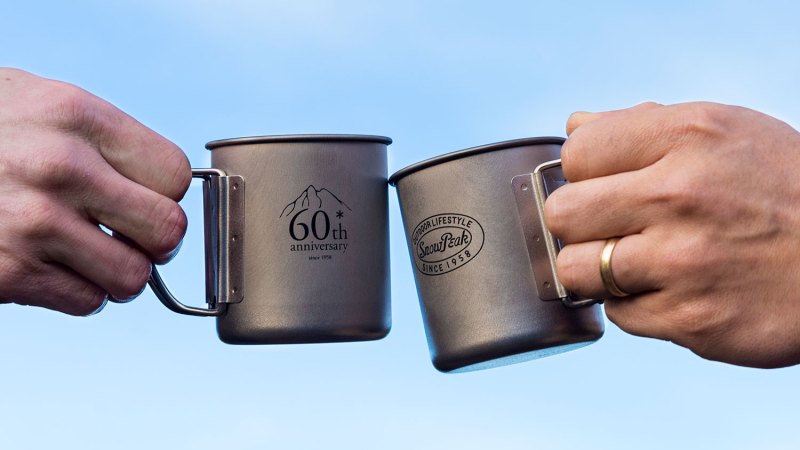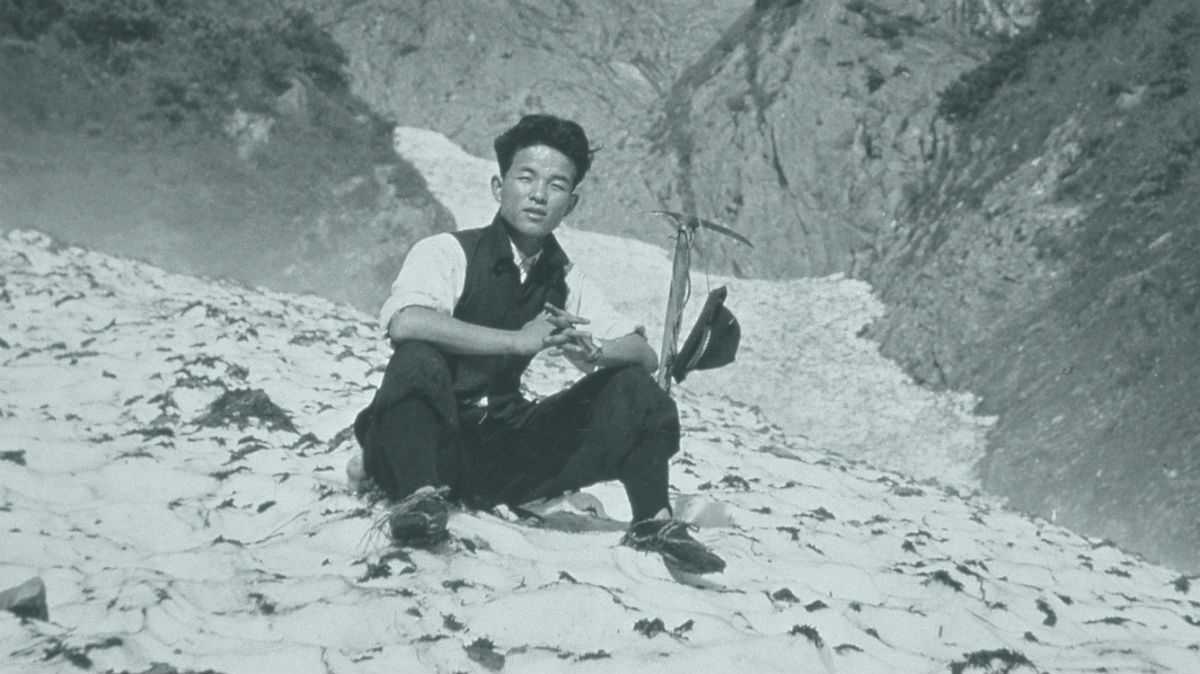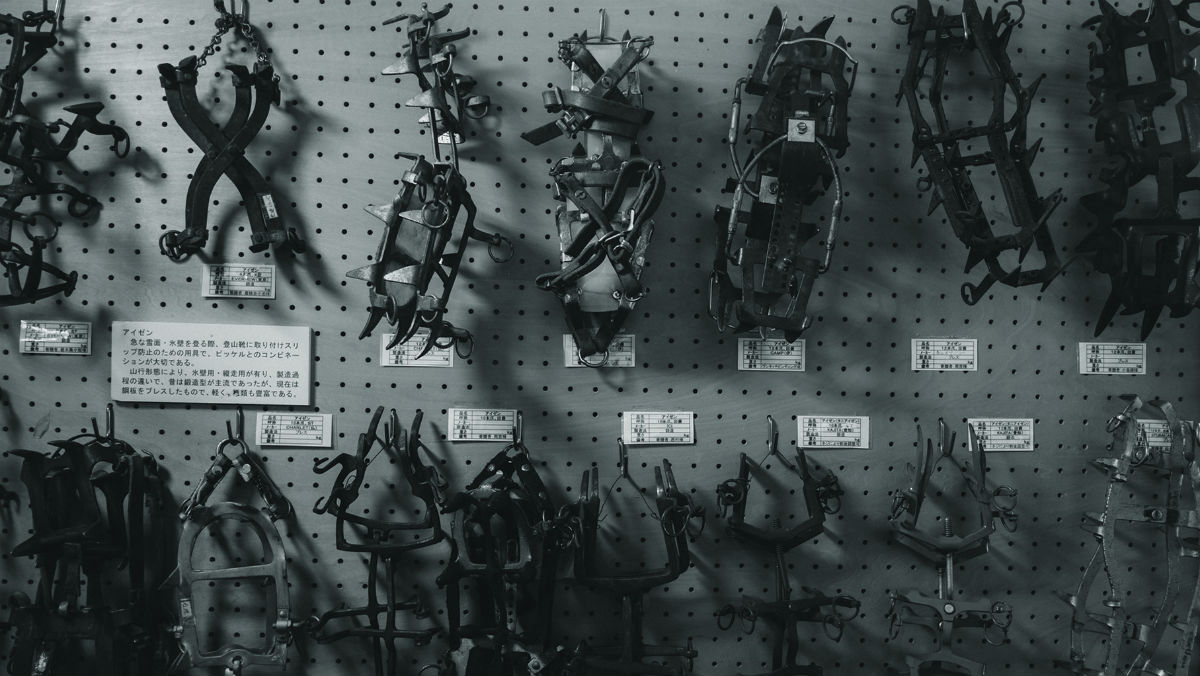I got my first Snow Peak mug about a decade ago and, as far as I can tell, it’s the last camping mug I’ll ever need. Even after bouncing along strapped to my pack during countless miles on the trail, used for everything from boiling water to preparing pasta to digging a hole, the super lightweight titanium mug is still in near perfect condition. The only issue is that the logo has worn away — but I know damn well who made the thing, as does any other experienced outdoorsman who will properly identify a Snow Peak mug at a glance.
That mug was a gateway purchase that led to an entire Snow Peak cookware set that I bring along with me whenever I head out into the field, and that’s true whether I’m car camping or trekking for miles into the mountains. Let that sink in, if you will: Even when weight is no factor, I still use my Snow Peak gear instead of, or in concert with, other
- 1. Snow Peak founder Yukio Yamai.
- 2. The brand initially focused on mountain climbing gear.
I believe in Snow Peak gear because I have used the stuff on glaciers, in rainforests, and in cozy car campsites. It has never let me down because the stuff is superlatively well made. The Japan-based company’s commitment to quality started way back in 1958, the year a diehard mountain climber named Yukio Yamai decided he needed better gear than he could buy, so he would just have to make it himself.
The company that would come to be called Snow Peak started off making gear for serious mountaineers, most notably the pitons used in rock climbing and crampons used for safe navigation over snow and ice. The precise engineering and quality materials that went into every item Yamai’s company produced led to rapid growth in the early 1960s, and soon the company was mass-producing high-quality climbing gear for an ever-expanding group of outdoor enthusiasts, both within Japan and abroad.

As explained to me by Snow Peak USA’s brand engagement manager, Michael Andersen, Snow Peak added multiple new products to their lineup in the 1980s: “[Snow Peak founder] Yukio’s son, Torhu, entered the picture and helped pivot Snow Peak from an outdoor climbing brand to the quintessential car-camping brand it’s known as today. As the current CEO and president, Torhu Yamai revolutionized the
Thus it is that a brand founded on making top-quality technical climbing gear now offers bedding, tents, apparel, and, of course, lots of different cookware and cooking gear. Indeed, the cookware has long since surpassed the technical gear as the iconic offering of the brand. Andersen agreed that while “Snow Peak has many different signature products … perhaps none [is] more iconic than the humble titanium mug. As one of our longest-standing products, the trusty titanium mug is still manufactured in our hometown of Tsubame-Sanjo, just a few miles from our world headquarters.”

Why is the mug so noteworthy? “It exemplifies much of what makes Snow Peak so special: quality, design, and function, above all,” Andersen said.
He’s spot on there. The Snow Peak mug is nothing if not simple, but it’s also of superb quality, and within that simplicity of design is an unmistakable elegance. If you want to get your hands on your own elegantly simple and amazingly durable camping mug, make it a Snow Peak 60th Anniversary Titanium Single Wall. I guarantee you’ll still be using the thing another 60 years hence, provided you don’t drop it off a mountain or anything.






